
Gardening projects are a fun way for kids to learn and play outside. They can help kids connect with nature and learn new skills like teamwork and responsibility.
Gardening can also spark creativity and imagination in kids.
Elementary students can enjoy many different types of gardening projects, like butterfly gardens and miniature fairy gardens. These projects teach kids about the environment and how to take care of it.
By trying out these innovative ideas, kids can become curious and excited about the world around them.
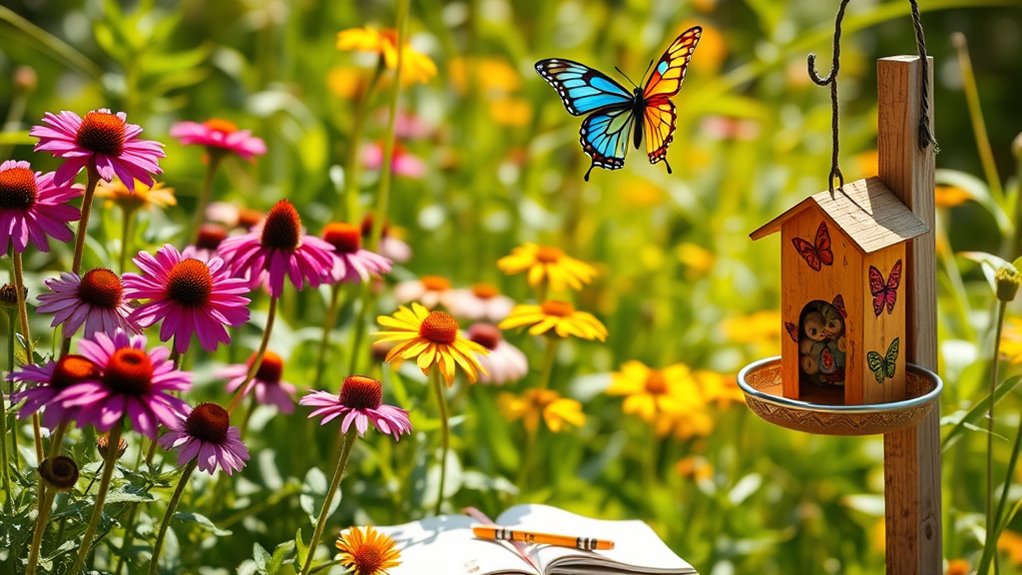
Butterfly Garden Exploration offers an enthralling opportunity for elementary students to learn about ecology while engaging with nature. Students can create a vibrant butterfly garden by planting nectar-rich flowers like milkweed and coneflower, which attract various butterfly species. By observing life cycles, behaviors, and habitats, children deepen their understanding of environmental science. Incorporating art and science projects, they can create butterfly feeders, journals for observation, and educational posters to share their findings with classmates.
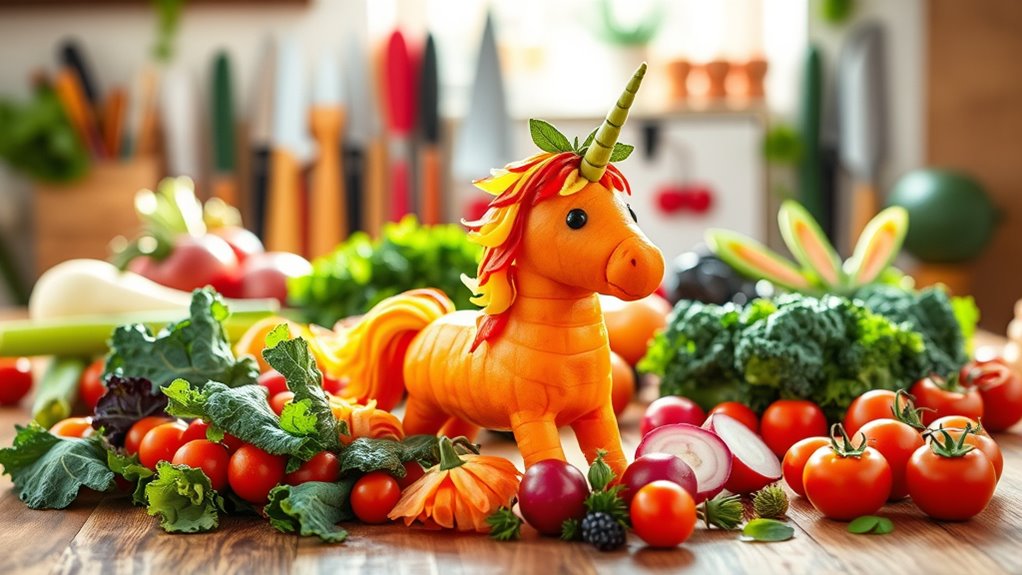
The Vegetable Sculpture Contest invites elementary students to release their creativity by crafting unique sculptures using a variety of vegetables. Participants can transform everyday produce into imaginative works of art, encouraging teamwork, problem-solving, and artistic expression. This project combines nutrition awareness with creativity, as students learn about the importance of healthy eating while having fun. Judges can evaluate the creations based on originality, creativity, and craftsmanship, culminating in a delightful showcase of edible artistry.
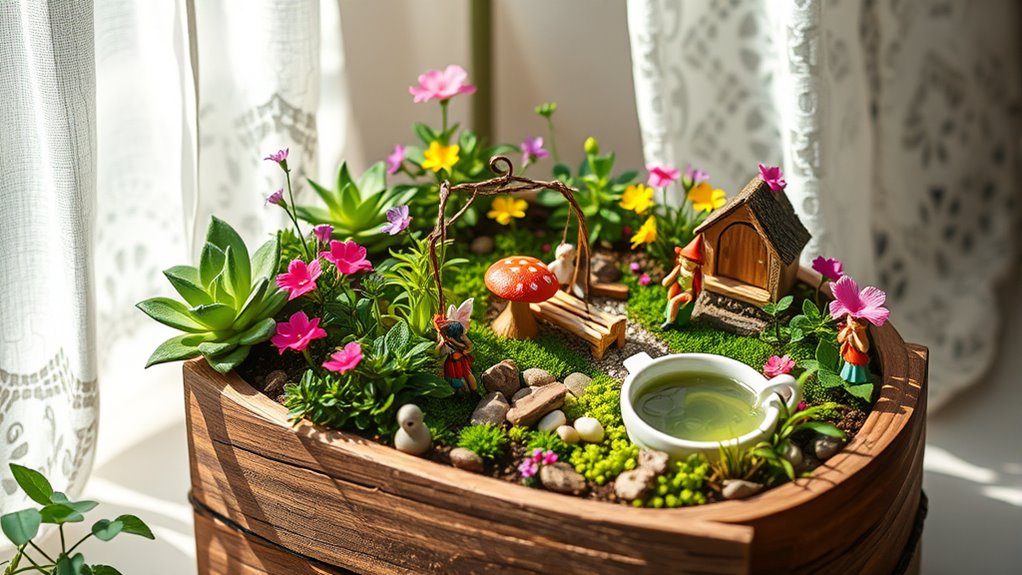
Miniature fairy gardens are enchanting projects that inspire creativity and imagination in elementary school students. These small-scale gardens, often planted in repurposed containers, feature miniature plants, tiny figurines, and whimsical decorations like colorful pebbles, painted stones, or miniature furniture. Students can collaborate in designing their unique fairy kingdom, learning about gardening and ecology while expressing themselves artistically. This hands-on activity not only encourages teamwork but also nurtures a love for nature in young minds.
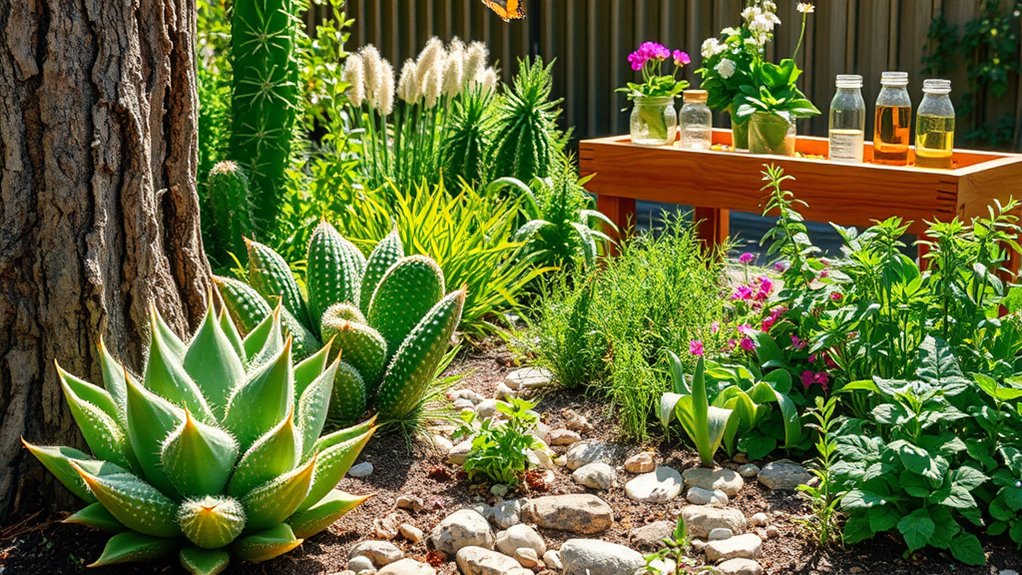
A sensory garden is a fantastic project for elementary schools, engaging students through tactile learning. By incorporating various plants with different textures—such as soft lamb’s ear, rough bark, or prickly cacti—students can explore their sense of touch while learning about botany. Additionally, incorporating sensory elements like scented herbs or even sand and water play areas enhances the experience, making it a multi-sensory adventure. This hands-on approach fosters curiosity, creativity, and a deeper connection with nature.
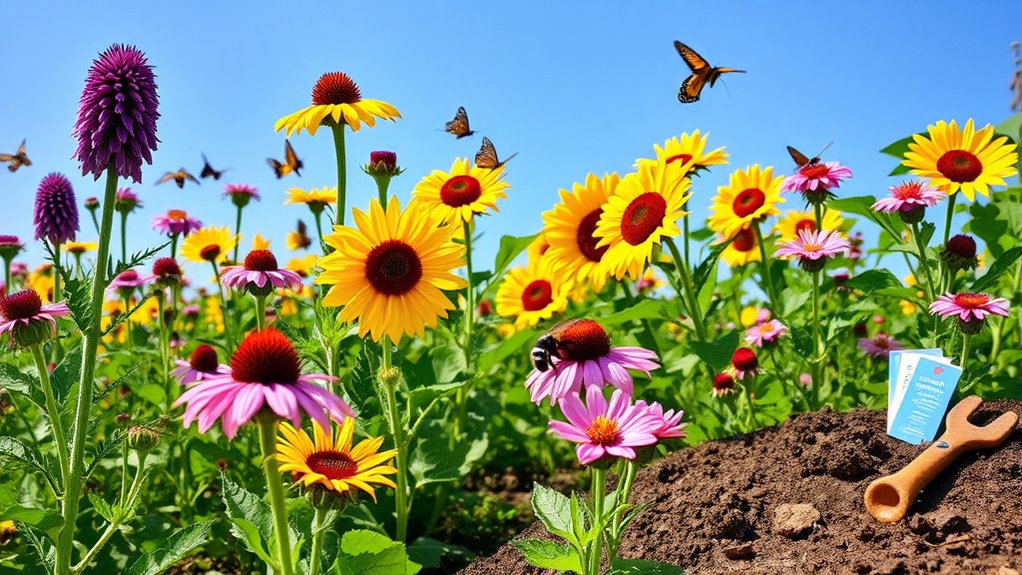
Pollinator-friendly flower beds are a fantastic project for elementary school students, promoting biodiversity while teaching them about the essential role pollinators play in our ecosystem. Students can select a variety of native flowers such as coneflowers, sunflowers, and bee balm, which attract bees, butterflies, and other beneficial insects. By designing and planting these beds, children learn about plant care, teamwork, and the importance of creating habitats that support pollinators, ultimately fostering a love for nature and gardening.
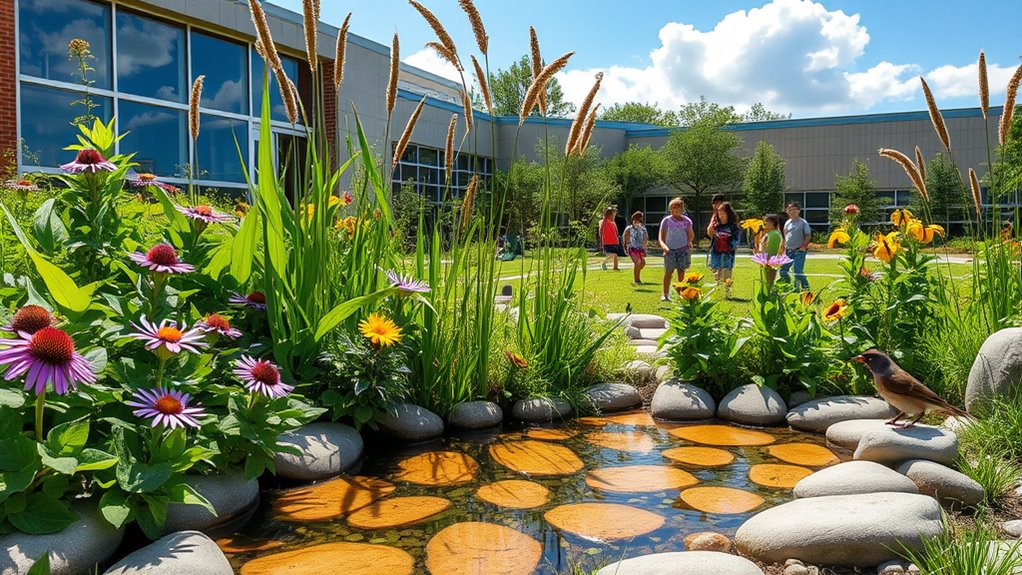
A rain garden is an innovative and eco-friendly project that teaches elementary students about water conservation and environmental stewardship. By designing a shallow, planted area that collects and absorbs rainwater, students can learn how to manage stormwater runoff while creating a beautiful garden space. Incorporating native plants encourages biodiversity and provides habitat for local wildlife. This hands-on project not only enhances the school grounds but also instills important lessons about sustainability and the water cycle.
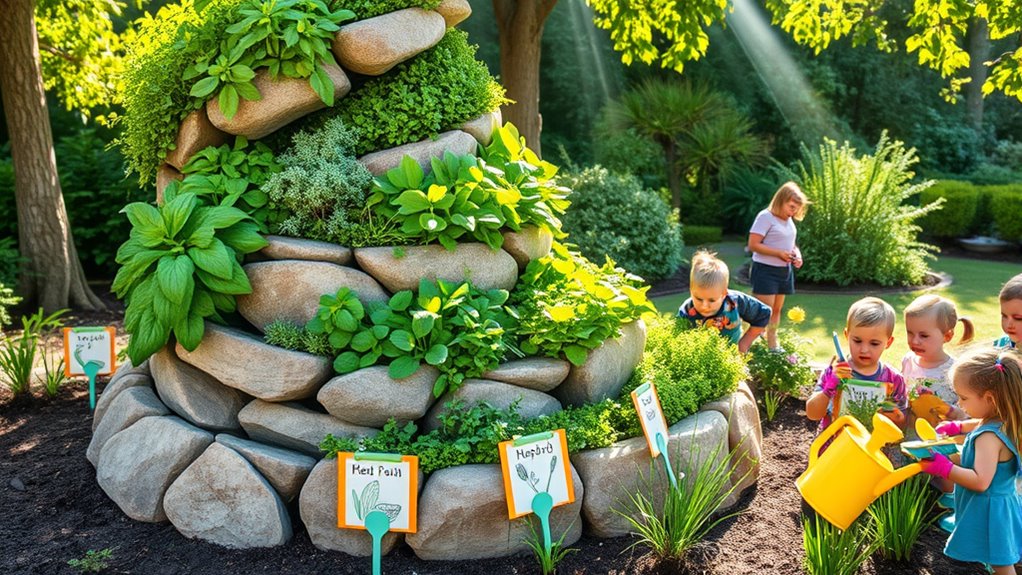
An herb spiral is a vertical garden design that maximizes space while providing students with an engaging way to learn about herbs and culinary practices. Constructed in a spiral shape, it allows for diverse microclimates, making it ideal for growing various herbs in a compact area. Students can explore the life cycle of plants, the importance of herbs in cooking, and even create their own recipes, fostering a love for gardening and culinary arts.
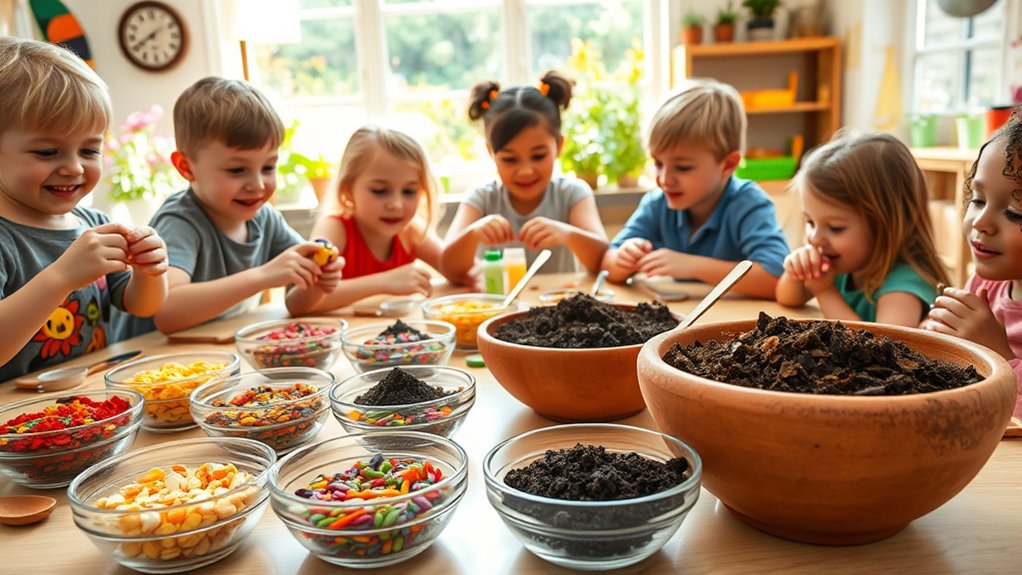
A Seed Bomb Making Workshop is a fun and engaging activity for elementary school students that combines creativity, science, and environmental education. In this workshop, children learn to make seed bombs using clay, compost, and wildflower seeds. They will mix the ingredients, shape them into small balls, and understand the importance of native plants in supporting local biodiversity. This hands-on project not only fosters teamwork and creativity but also encourages students to take part in eco-friendly practices.
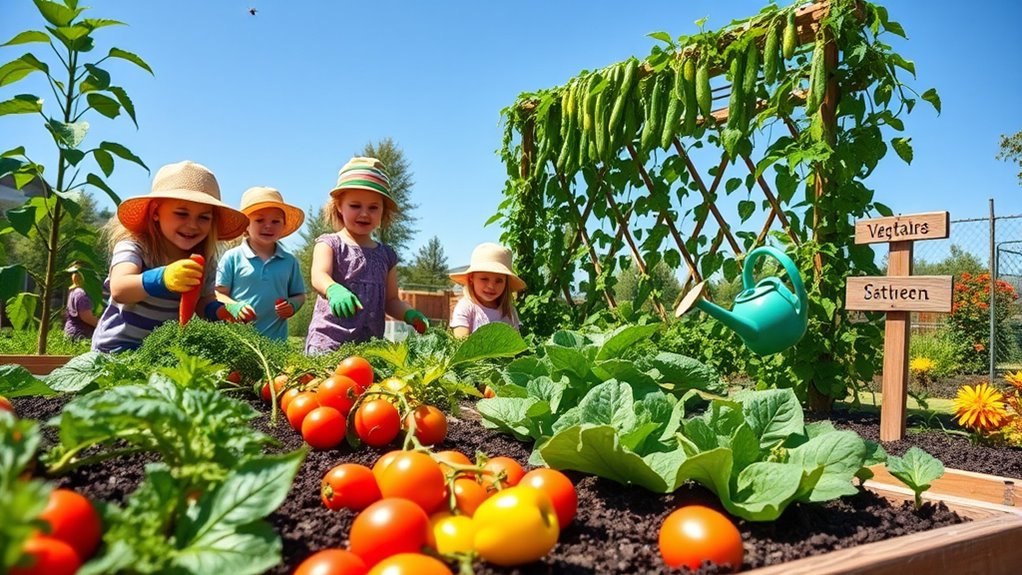
The Edible Schoolyard Initiative is a transformative program that integrates gardening into the school curriculum, allowing students to grow and harvest their own fruits and vegetables. This hands-on approach not only teaches children about nutrition and sustainability but also fosters a sense of responsibility and teamwork. By cultivating a school garden, students engage in experiential learning, exploring topics in science, art, and math while connecting with nature and understanding the importance of healthy eating.
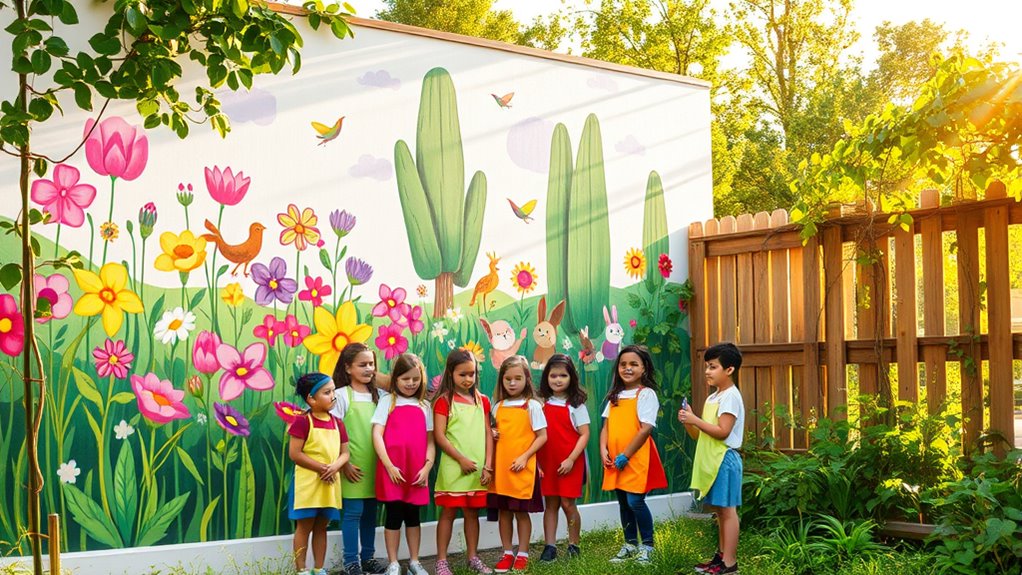
Art in the Garden: Nature-Inspired Murals encourages elementary students to express their creativity through vibrant murals that reflect the beauty of nature. Utilizing garden elements such as flowers, trees, and wildlife, students can collaborate to design and paint large-scale artworks on garden walls or fences. This project not only enhances the visual appeal of the school garden but also fosters teamwork, artistic skills, and a deeper appreciation for the environment, making learning engaging and memorable.
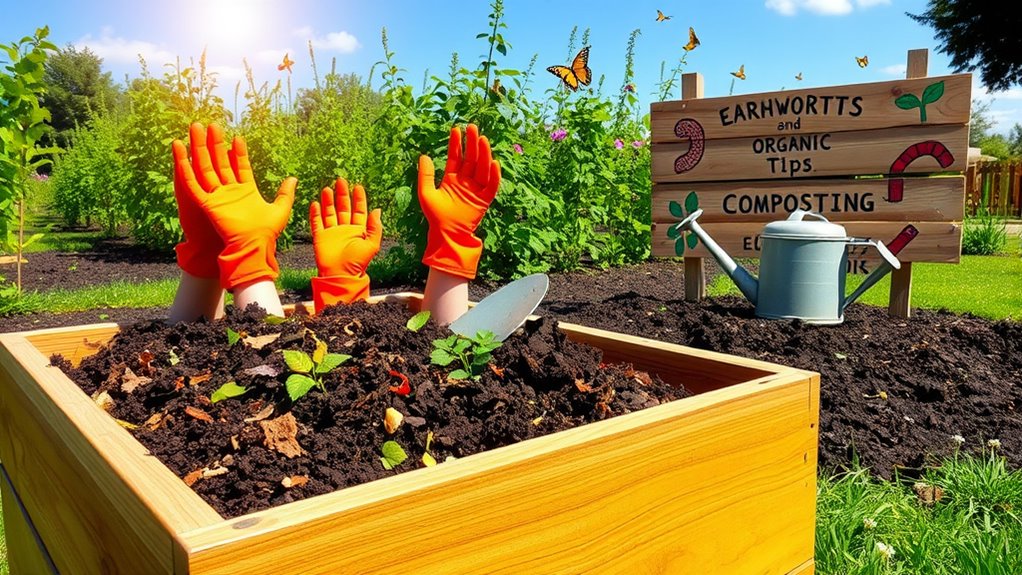
The Composting and Soil Health Project engages elementary students in the essential process of composting to enrich soil health. By collecting organic waste like fruit peels and vegetable scraps, students learn how decomposition nourishes the earth. They can create their own compost bins and observe the transformation over time, fostering a deeper understanding of ecosystems. This hands-on project not only promotes environmental stewardship but also encourages teamwork and responsibility among young learners.
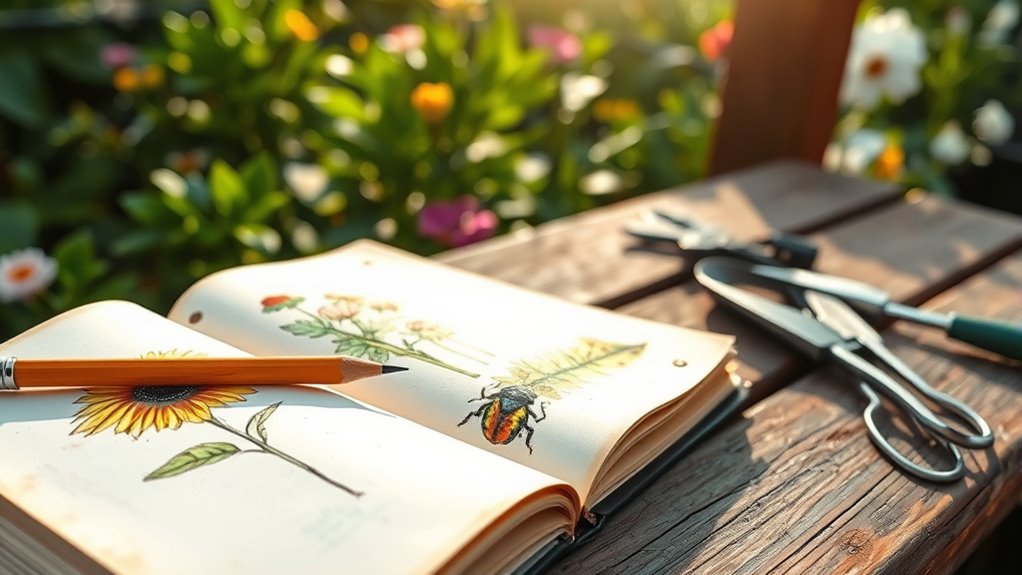
A garden journal is a fantastic tool for elementary school students to enhance their observational learning. By regularly recording their observations of plant growth, weather changes, and insect activity, students can develop critical thinking skills while fostering a deeper connection to nature. Each entry can include sketches, descriptions, and reflections, making it a creative outlet as well as a learning tool. This hands-on approach encourages curiosity and helps students understand scientific concepts in a tangible way.

The Natural Plant Dyes Experiment is a fun and educational project for elementary students to explore the world of colors derived from nature. In this experiment, students collect various plants, flowers, and vegetables, such as beetroot, spinach, and marigold, to create their own dyes. By boiling these materials in water, they can extract vibrant colors to dye fabrics or paper. This hands-on activity not only teaches kids about botanical sciences but also encourages creativity and appreciation for natural resources.
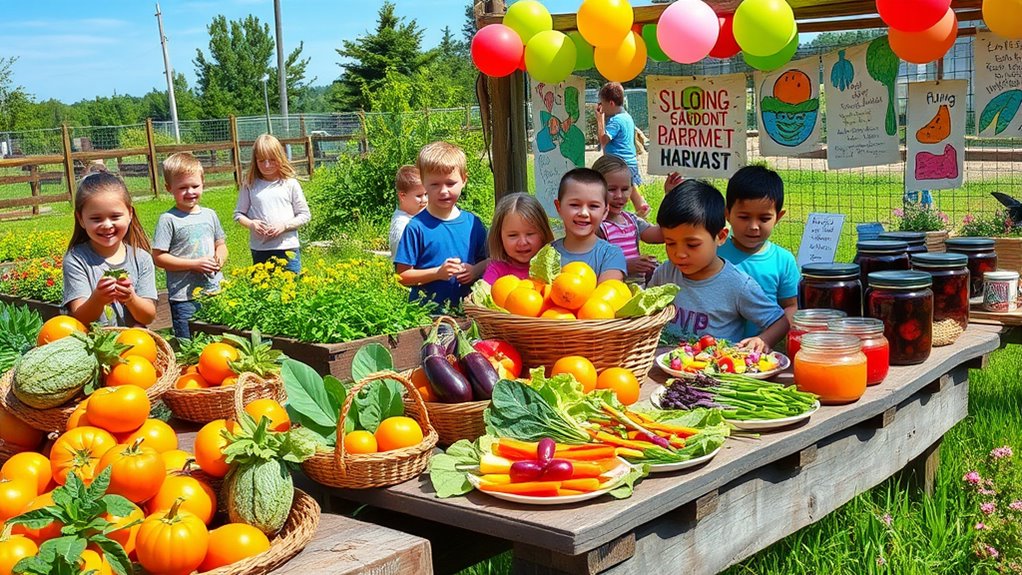
The Seasonal Harvest Celebration is a delightful way for elementary school students to engage with nature and learn about the importance of agriculture. Students can participate by planting seasonal fruits and vegetables in a school garden, which they will later harvest and showcase at a festive event. Activities can include colorful displays, taste tests of fresh produce, and educational booths about seasonal food cycles. This project not only fosters teamwork and creativity but also promotes healthy eating habits and environmental awareness.
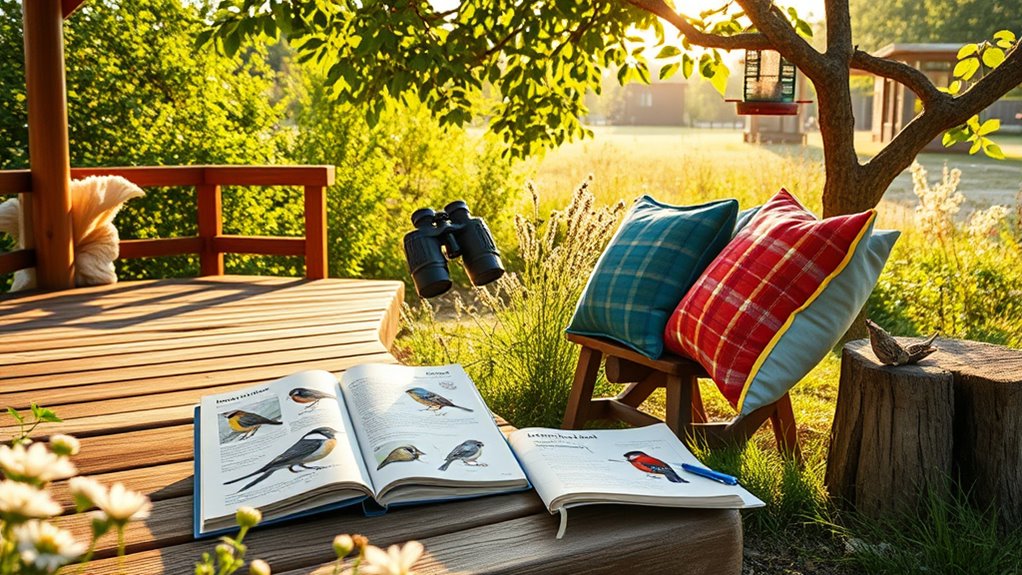
A Wildlife Observation Station is an enthralling project for elementary students, encouraging them to connect with nature. By creating a designated area equipped with binoculars, field guides, and journals, children can observe birds, insects, and other local wildlife. This hands-on experience fosters curiosity and appreciation for different species, while promoting environmental awareness. Students can document their findings, share observations, and even contribute to citizen science projects, making learning both interactive and impactful.
Creating a garden project isn’t just fun; it’s impactful! Did you know that schools with garden programs can improve students’ science scores by up to 15%? By engaging in these creative garden ideas, you’re helping spark curiosity and foster a love for the environment in young minds. So, plunge into planting, crafting, and exploring nature together. You’re not just growing plants; you’re nurturing future environmentally conscious leaders! Let the gardening adventure begin!

Don't let aphids, slugs, and caterpillars ruin another plant. Take back control with simple, natural methods that actually work.